The American region happens to be in the coffee growing zone, so there are many well-known coffee growing countries in the Americas, such as Panama, Honduras, Costa Rica, Nicaragua, etc. Although Nicaragua is not as well-known as Costa Rica and Panama, the coffee growing conditions in Nicaragua are not inferior to other Central American countries.
Nicaragua
The full name of Nicaragua is the Republic of Nicaragua, which is a presidential republic. The country is located in the central part of Central America, bordering Honduras in the north and connecting Costa Rica in the south, facing the Caribbean Sea in the east and adjacent to the Pacific Ocean in the west. The total area is 130,400 square kilometers, and the country is divided into 16 provinces and 2 autonomous regions.
In the north-central part of Nicaragua is the highland, the eastern part is the coastal plain, with many jungles and swamps, the terrain is low and flat, the western part is the coastal lowland, and the east side has many volcanoes and lakes. The plain in the central part of Nicaragua has a high temperature and abundant rainfall, belonging to the tropical oceanic climate. The precipitation in the western coastal lowland is significantly less than that in the east, with dry and wet seasons, belonging to the tropical savannah climate. The annual average temperature in the central highland is 18 ℃, and the annual precipitation is 1,500-2,500 millimeters, with the rainy season from May to December.
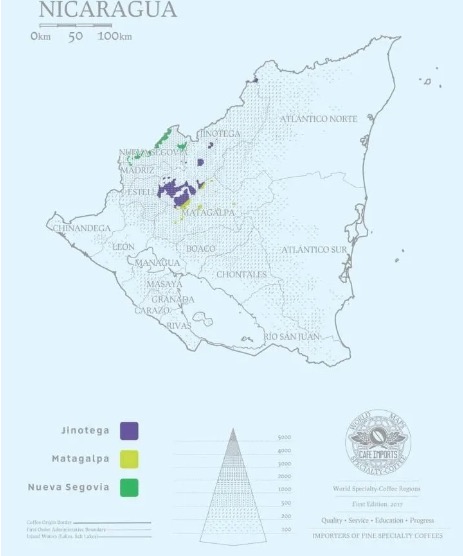
Coffee growing areas
The country is mainly divided into three growing areas, namely Jinotega in Xino tegua, Matagalpa in Matagalpa, and Nueva Segovias in Nueva Segovias. These areas mainly grow Catuara and Bourbon, and the harvest period is between December and the following March.
Xino tegua Jinotega: Both this area and the name of the capital are derived from the “xinotencatl” in the Nahuatl language (Nahua language), which means the city of the old man. The economy of this area has long relied on coffee, and it is also a major growing area in Nicaragua, with an altitude of 1,100-1,700 meters. The harvest period is from December to the following March, and the main varieties planted are Catuara and Bourbon.
Matagalpa Matagalpa: It is also a region named after the capital, and there is a coffee-themed museum within the region. Coffee is mainly grown in areas with an altitude of 1,000-1,400 meters. The harvest period is from December to the following February, and the main varieties planted are Catuara and Bourbon.
Nueva Segovias Nueva Segovias: This region is located on the northern border of Nicaragua, with an altitude of 1,100-1,650 meters. In recent years, it has begun to establish a reputation for the best coffee in the country and has also achieved great success in Nicaragua’s excellent cup. The harvest period is from December to the following March, and the main varieties planted are Catuara, Catuai, and Bourbon.
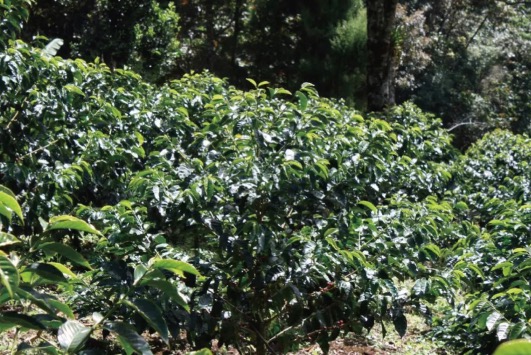
Coffee grading system
Strictly High Grown (extremely high altitude) (SHG): 1,500~2,000 meters
High Grown (high altitude) (HG): 1,300~1,500 meters
Medium Grown (medium altitude) (MG): 1,000~1,300 meters
Low Grown (low altitude) (LG): 500~1,000 meters
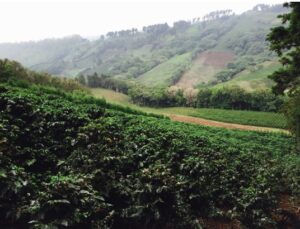
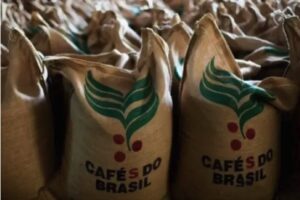
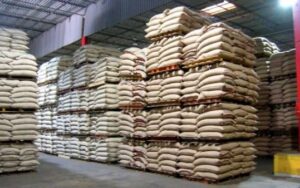
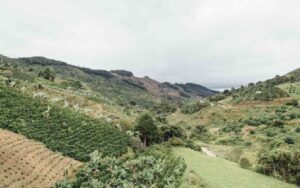
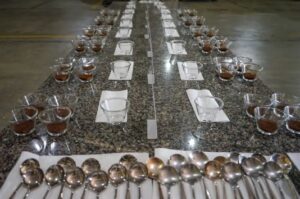
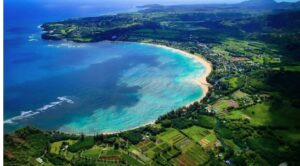
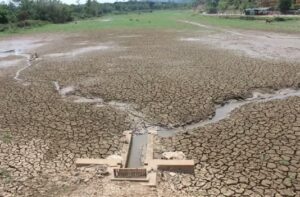
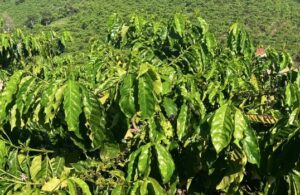
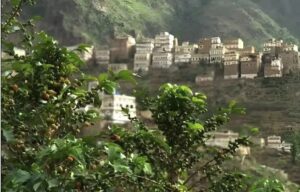

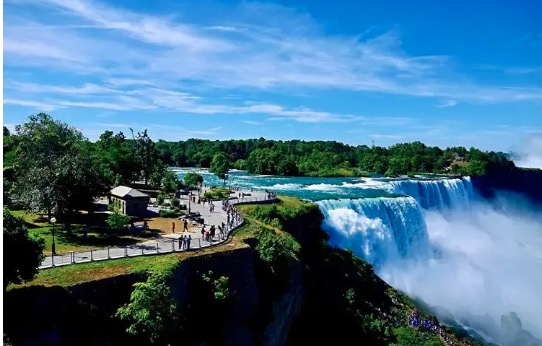

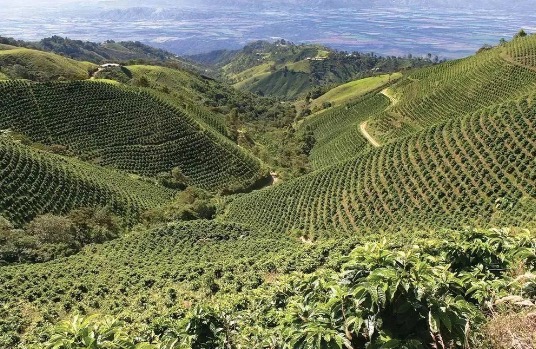
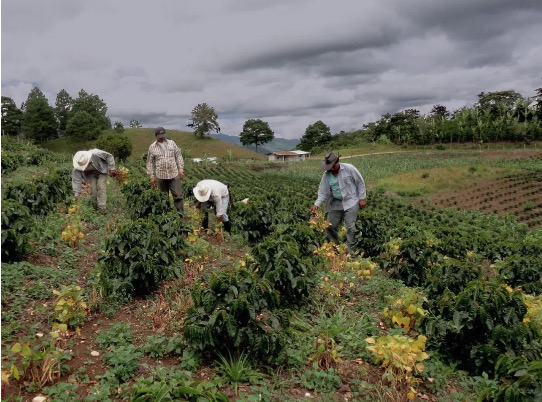
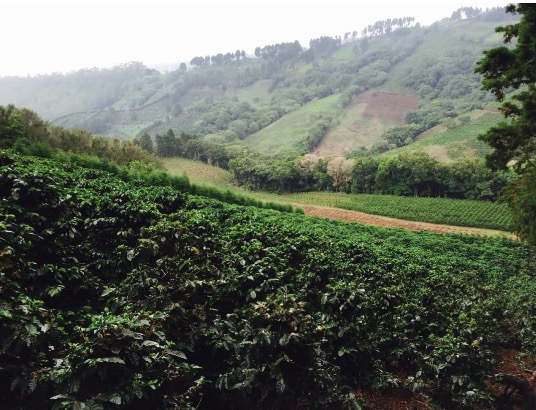
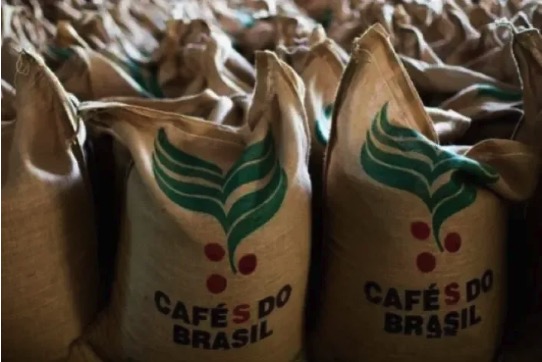
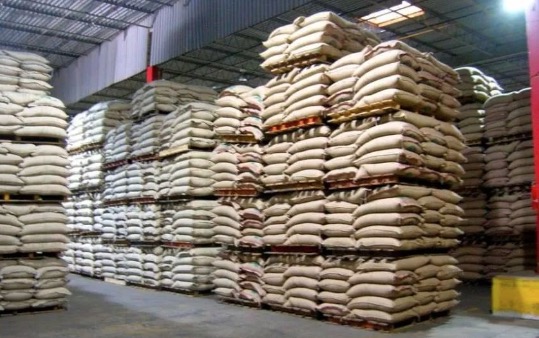
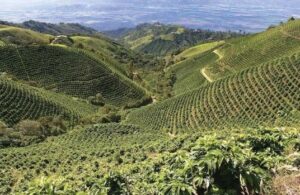
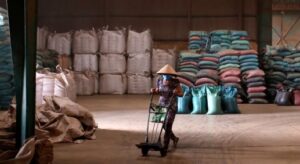
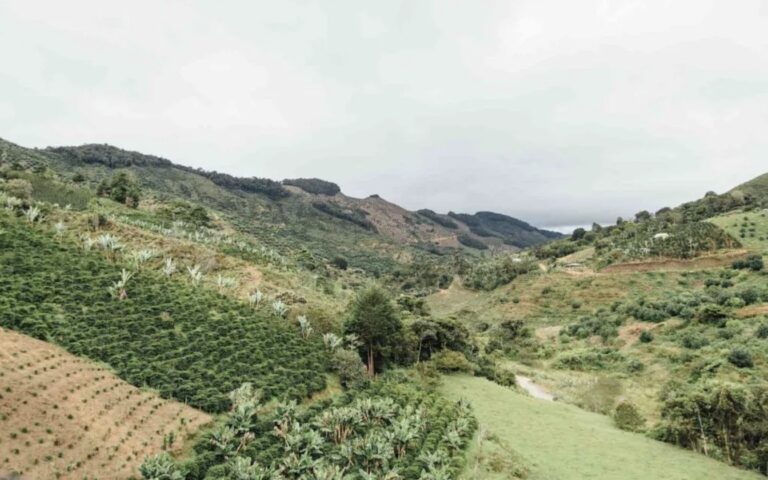
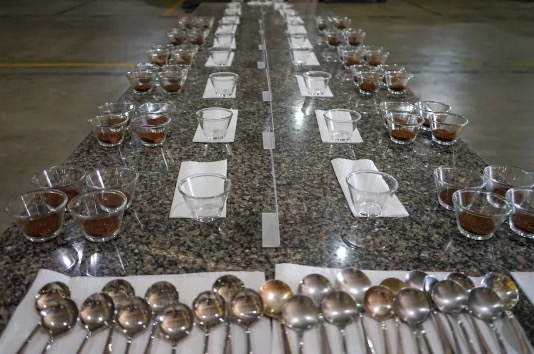
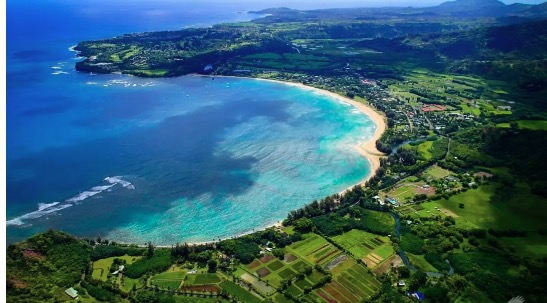
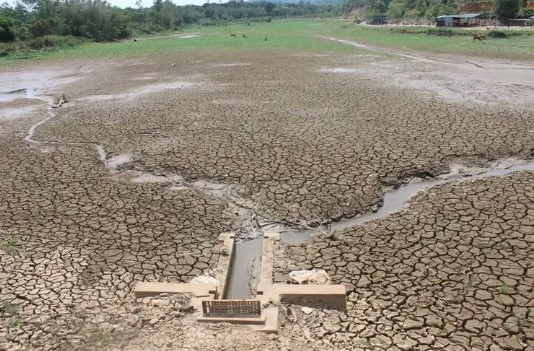
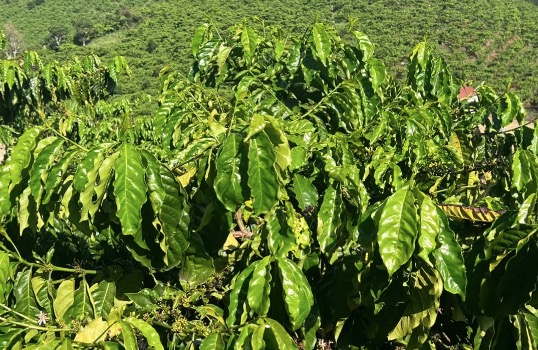
+ There are no comments
Add yours